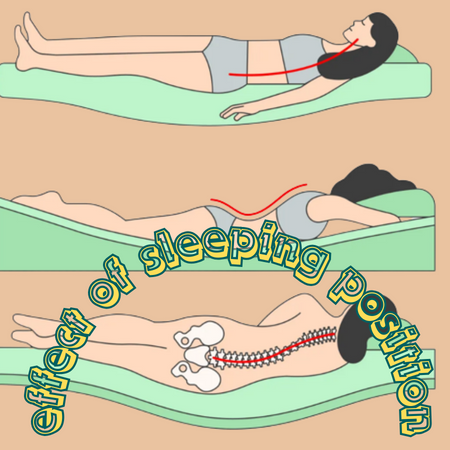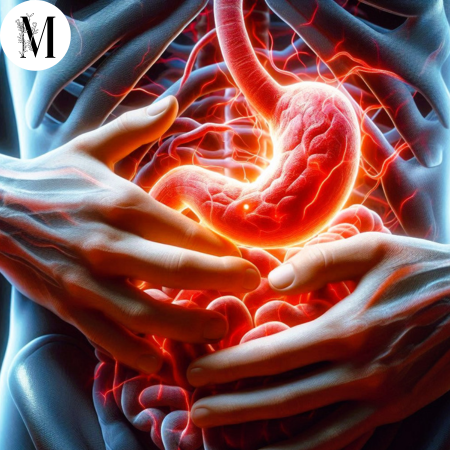Strokes are serious medical conditions that occur when the blood supply to the brain is interrupted or reduced, depriving brain cells of oxygen and nutrients. They can cause long-lasting disability or even be fatal if not promptly treated. Recognizing the warning signs of an impending stroke is crucial for early intervention and better outcomes. In this article, we will discuss eight signs that your body may exhibit before having a stroke, helping you take necessary actions to protect your health.
I. Introduction
An quick medical response is necessary in the event of a stroke. By understanding the signs that your body may exhibit before a stroke, you can be better prepared to seek medical help promptly. This article aims to educate you about these signs and empower you to take control of your well-being.
II. Understanding Strokes
A. Definition and Causes
A stroke occurs when the blood supply to the brain is disrupted due to either a blockage in the blood vessels (ischemic stroke) or a ruptured blood vessel (hemorrhagic stroke). The lack of blood flow and oxygen to the brain leads to brain cell damage.
B. Types of Strokes
Ischemic strokes are the most common type, accounting for approximately 85% of all strokes. They occur when a clot blocks the blood flow to the brain. On the other hand, bleeding in the brain due to a burst blood artery causes hemorrhagic strokes.
C. Importance of Early Detection
Detecting the signs of an impending stroke early is vital as immediate medical intervention can minimize brain damage and improve the chances of recovery. It is essential to recognize these signs and take action promptly.
III. 8 Signs That Your Body Shows Before Having a Stroke
Here are eight common signs that your body may exhibit before having a stroke:
A. Sudden Numbness or Weakness
One of the most prominent signs of an impending stroke is sudden numbness or weakness, usually affecting one side of the body. It can manifest as a drooping face, arm weakness, or difficulty lifting one side of the body.


